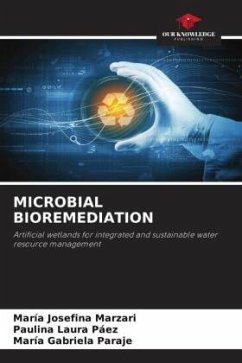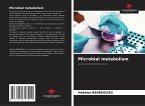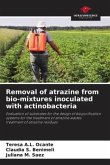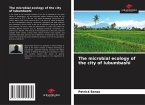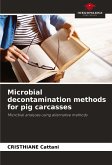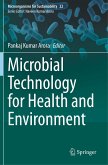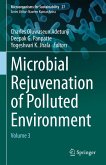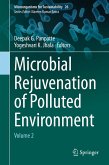Artificial wetlands (AW) are non-conventional man-made systems in which, in a controlled manner, pollutant removal mechanisms are reproduced in wastewater, imitating the dynamics of natural wetlands, contributing to an integrated and sustainable management of water resources. The HAs generate reliable and efficient biotechnological processes to bioremediate various types of wastewater, in an architecturally designed environment that is environmentally friendly, economically viable, relatively easy to maintain and with high treatment efficiency. They are based on the concept of biogeochemical cycles, based on macrophyte vegetation, organized microbial communities forming biofilms obiofilms and granular media act as a natural filter to remove certain pollutants. In this type of eco-technologies, biofilms play a fundamental role, having a high influence on efficiency, eliminating a great variety of pollutants, decreasing the concentration of biochemical and chemical demand of oxygen, nitrogen and phosphorus, heavy metals, among others.
Bitte wählen Sie Ihr Anliegen aus.
Rechnungen
Retourenschein anfordern
Bestellstatus
Storno

